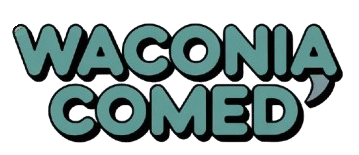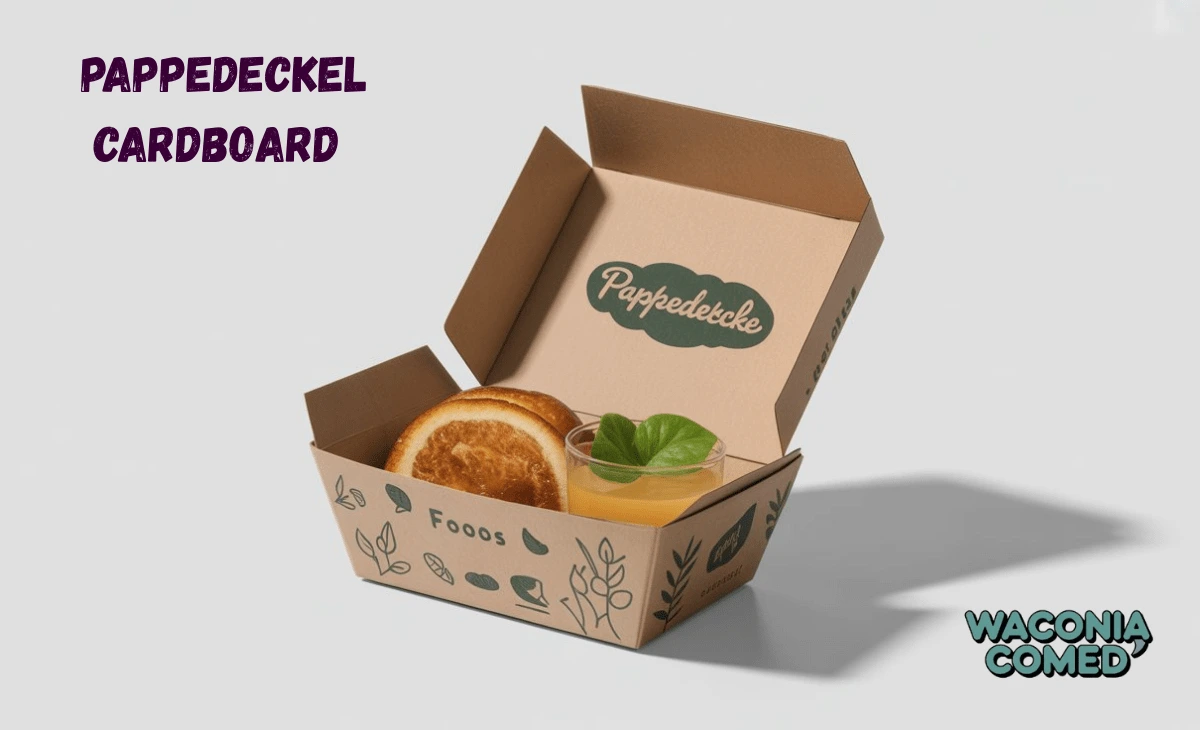The pappedeckel, or paper lid, has become far more than just a simple cover for beverages. In an era where plastic waste is a global crisis, this eco-friendly alternative is taking center stage. Especially in cafés, street food markets, and coffee-to-go services, the pappedeckel has emerged as a standard. Its role goes beyond practicality it represents a shift toward sustainability, reducing plastic waste while still offering a secure, hygienic, and aesthetically pleasing solution. Choosing a pappedeckel is a statement: sustainability is not just an option, it’s a responsibility.
What is a Pappedeckel?
A pappedeckel is a lid made from compressed cardboard or paperboard, primarily used as a cover for cups and food containers. It is produced from renewable resources such as cellulose or recycled paper and can often be recycled or composted after use. Its primary purpose is to prevent spills, maintain beverage temperature, and keep food safe from contamination while offering an environmentally friendly alternative to plastic lids.
Why Pappedeckel is Gaining Popularity
There are several reasons why pappedeckel use is on the rise. Increasing regulations are forcing food businesses to switch to plastic-free packaging, and at the same time, customers are demanding eco-conscious options. A pappedeckel meets both needs and can also double as a marketing tool. Many cafés print their logo, brand colors, or creative designs on the lids, turning them into a functional branding element.
Advantages of Pappedeckel
The benefits of pappedeckel go well beyond environmental impact. They are sturdy, aesthetically pleasing, and versatile. They fit various cup sizes, work for hot and cold beverages, and can be customized with designs and colors. For food service businesses, this means combining practicality with brand visibility. The texture and insulation properties also make them pleasant to hold, preventing discomfort from heat.
How Pappedeckel Are Made
Production starts with selecting high-quality cardboard made from either virgin fibers or recycled materials. The cardboard is pressed into sheets, then cut into specific shapes. Depending on usage, the inner surface may be coated with a thin, biodegradable layer to resist moisture. Lids are then die-cut, shaped, printed if needed, and packaged for delivery to food businesses.
Pappedeckel in the Food Industry
Within the food industry, pappedeckel has become indispensable. While best known for coffee cups, they are also used for soups, stews, smoothies, and desserts. In bakeries, coffee shops, and food trucks, they provide hygienic, spill-proof transport while signaling a commitment to environmental responsibility. Delivery services also benefit from their reliability in keeping food safe during transit.
Sustainability and Environmental Impact
The most significant advantage of a pappedeckel is its sustainability. Unlike plastic lids that can take hundreds of years to decompose, paper lids can break down within months, especially if compostable. Many manufacturers now design lids that can be processed in industrial composting facilities. Using recycled materials in production further reduces the environmental footprint and conserves energy.
Challenges and Limitations
Despite its strengths, the pappedeckel faces challenges. Extended exposure to very hot liquids can reduce structural integrity, and production costs are often higher than for plastic lids, especially with premium printing or coatings. However, for many businesses, the environmental benefits and customer appreciation outweigh these disadvantages.
Step-by-Step Guide to Using Pappedeckel in Food Businesses
First, determine the correct cup size and style to ensure a perfect fit for the lid. Next, choose a supplier that uses safe, food-grade, and sustainable materials. For branding purposes, consider adding custom printing to reinforce your company identity. Store lids in a dry environment to maintain shape and quality. Finally, train staff to secure lids properly and inform customers about their eco-friendly benefits turning a functional item into a conversation starter.
Real-World Examples
Several major coffee chains have adopted pappedeckel as a standard, but small businesses are also leading the way. For example, an independent café in Berlin switched to fully recycled pappedeckel printed with light-hearted messages. Customers loved the approach so much that the lids became part of the shop’s identity and social media presence.
Pappedeckel and Customer Perception
Eco-friendly packaging increasingly influences customer loyalty. Drinks served in biodegradable cups with matching pappedeckel convey more than just taste they communicate care, responsibility, and modern values. This perception often leads to repeat visits and positive word-of-mouth marketing.
Future Outlook for Pappedeckel
With ongoing advancements in biodegradable materials, it will become even more durable and efficient. Printing technology will allow more creative customization, turning lids into both protective covers and mini advertising spaces. Industry experts believe that pappedeckel will replace plastic lids entirely in the near future.
FAQs
Is a pappedeckel more expensive than a plastic lid?
Yes, slightly, but the brand value and environmental benefits make it worth the cost.
Can it be composted?
Many are fully compostable, especially if they lack a plastic coating.
Are pappedeckel suitable for all drinks?
They work for hot and cold drinks but should be used carefully with very hot liquids for extended periods.
How should pappedeckel be disposed of?
Preferably in paper recycling or organic waste bins, depending on the coating.
Can it be customized?
Yes, logos, designs, and slogans can be printed for branding purposes.
Are there pappedeckel without any coating?
Yes, and they are even more eco-friendly, though less resistant to moisture.
Also read about Toastul
Conclusion
The pappedeckel is a small but powerful example of how sustainable alternatives can reshape everyday habits in the food industry. It protects beverages and food while protecting the planet. For restaurants, cafés, and food vendors, it’s a practical way to merge ecological responsibility with brand identity. Choosing it is not just a packaging decision it’s a commitment to a better future.

